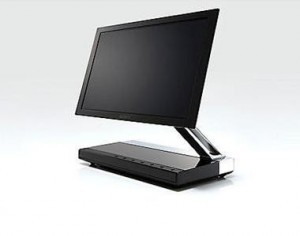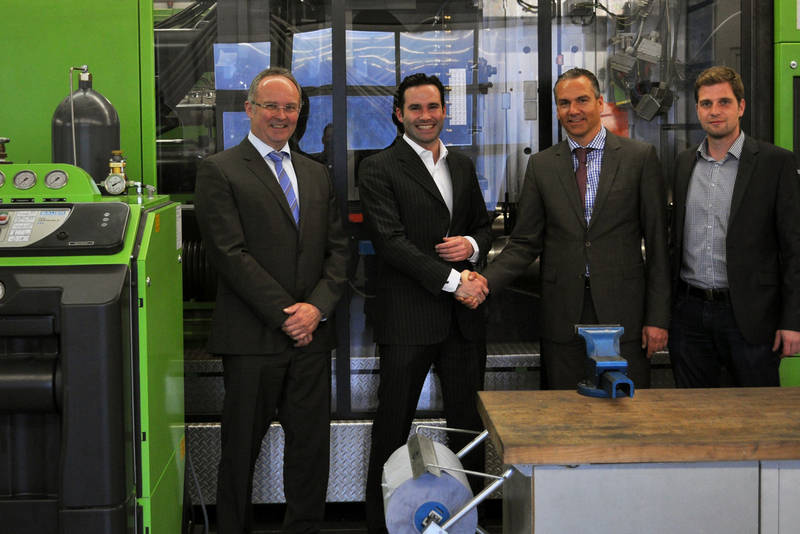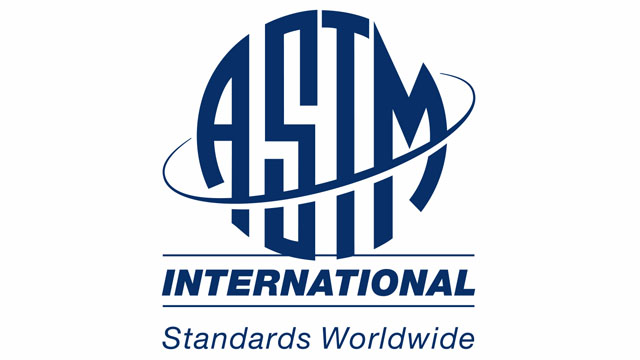
Traditional LCD panel makers are suffering from increased number of panel makers and price competition from China, according to IDTechEx Research. Meanwhile, OLED TV will take longer than originally thought to become dominant due to technical challenges faced. In 2012, Samsung Electronics moved their LCD business units into a separate entity.
One report suggests that the Taiwanese have invested US$60 billion in the LCD industry and seen a return of just US$40 Billion. Some Japanese makers, despite having superb technology, have seen recent losses in some cases equal cumulative profits of the preceding 5 to 10 years. For years the top five in the LCD business, in order, were Samsung, LG Display, Innolux, AUO and Sharp. Now, as evidence of China’s progress, in late 2012 Chinese BOE is No.5 for notebooks and monitors and China Star (CSOT) No.5 for TVs.
All this has driven panel makers to seek differentiation such as 3D capability. Now the hot topics are OLED and high resolution LCDs (4K), says Raghu Das, CEO of IDTechEx. Leading TV manufacturers like Samsung, LG, Panasonic and Sony are searching for different technological innovations. The different approaches mean little cross fertilization of know-how or equipment.
Samsung invested US$4.8 billion in 2011, US$6 billion in 2012, and will invest US$4 billion in 2013. It has sold more than 100 million OLED displays used in the galaxy S series alone. The first OLED TVs are available from LG now at a staggering price of US$10,000. Sales will be limited at this price point for the immediate years.
The technically easier differentiation is to move to higher resolution LCD TV, e.g. 4K. Film makers are adopting suitable resolution cameras and so content will be available. Critics say that most cannot see the difference, but in reality consumers like to future proof as they expect a TV to last for many years. The higher resolution will benefit PC monitors and console gaming experiences too.
In the short term, IDTechEx Research expects that 4K LCD TV sales, which will be more readably available, will sell more units than OLED TV. OLED TV will take longer than originally thought for these to become dominant, given the technical challenges faced. Investors hoping that OLED TVs would result in new factories and new equipment orders may find the opportunity not quite as big, with companies expected to repurpose existing aSi TFT plants to IGZO TFT manufacture.
Switching a factory involves taking an otherwise revenue producing plant offline, and setting up and achieving a satisfactory yield is not trivial, as Sharp has recently found. Panel makers, having typically spent 65% of the cost of LCDs on the materials alone, have ambitions to move up the supply chain, even making materials, observes IDTechEx.
Source: http://www.adsalecprj.com/Publicity/MarketNews/lang-eng/article-67003872/Article.aspx








